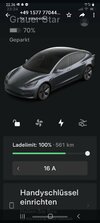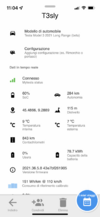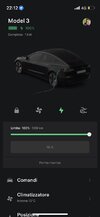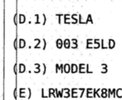I dont know anything about the i3 battery.Can it be true that a BMW battery (BMW i3) degenerate much less than a Tesla battery? Isn't a battery a battery as AKEE also stated above?
All Batteries degrade.
Tesla use NCA chemistry, which is good
to withstand time. Better than NMC( thats the main chemistry for EV).
As time causes more wear than cycles, NCA seems like a very good choise.
NCA can do about 750-1000 cycles or so, if used from 100% to 0% and loose 20% capacity. Thats 300.000km or more. And if smaller cycles is used, they can handle way more.
As different car manufacturers ise different ways to show the battery capacity there need to be special arrengements to look at the (true) degradation and remaining capacity before any direct comparison can be done. The number of led bars in a Nissan Leaf can not be compared to range in a Tesla, I think.








